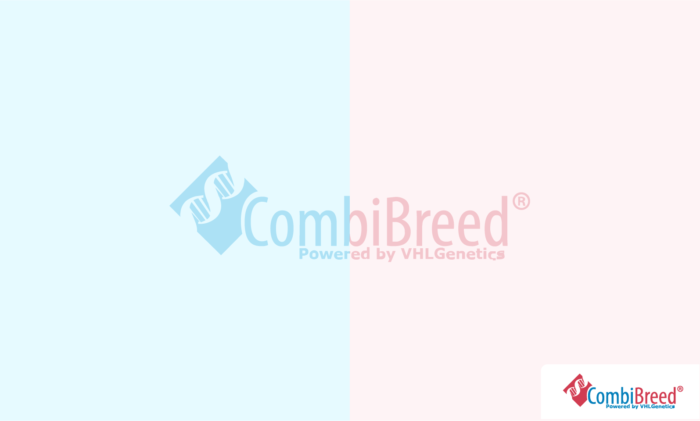
€57,48 €47,50 excl. VAT
The majority of coat colour phenotypes for cats are a consequence of their domestication.
10 working days
From €5,95 shipping and administration per order (incl. VAT)
Specifications
| Breeds | |
|---|---|
| Gene | |
| Chromosome | E2 |
| Mutation | c.439_441del |
| Organ | |
| Specimen | Swab, Blood EDTA, Blood Heparin, Semen, Tissue |
| Mode of Inheritance | Autosomal Recessive |
| Also known as | E-Locus |
General information
The majority of coat colour phenotypes for cats are a consequence of their domestication. Melanocortin 1 receptor (MC1R), known as the extension (E) locus, is associated with the production and balance of black and red pigments. Mutations in MC1R causes limited colour variation in the domestic cat. One of these mutations identifies a unique colouring termed ‘Russet’ which is a reddish colouring and changes with aging.
Clinical features
Young russet kittens have colour and markings comparable to tabby kittens except for the tail-tip, genital area and fur around the paw pads. As the kitten grows, black pigment areas become redder, starting at the head. On the backside surfaces, fur with red pigments develops gradually. Melanin is also reduced in the bottom half of the hair closest to the skin. Mature cats are reddish all over with some black pigment in the undercoat which varies between individuals.
Additional information
References
Pubmed ID: 27671997
Year published: 2017
Omia ID: 1199
Omia variant ID: